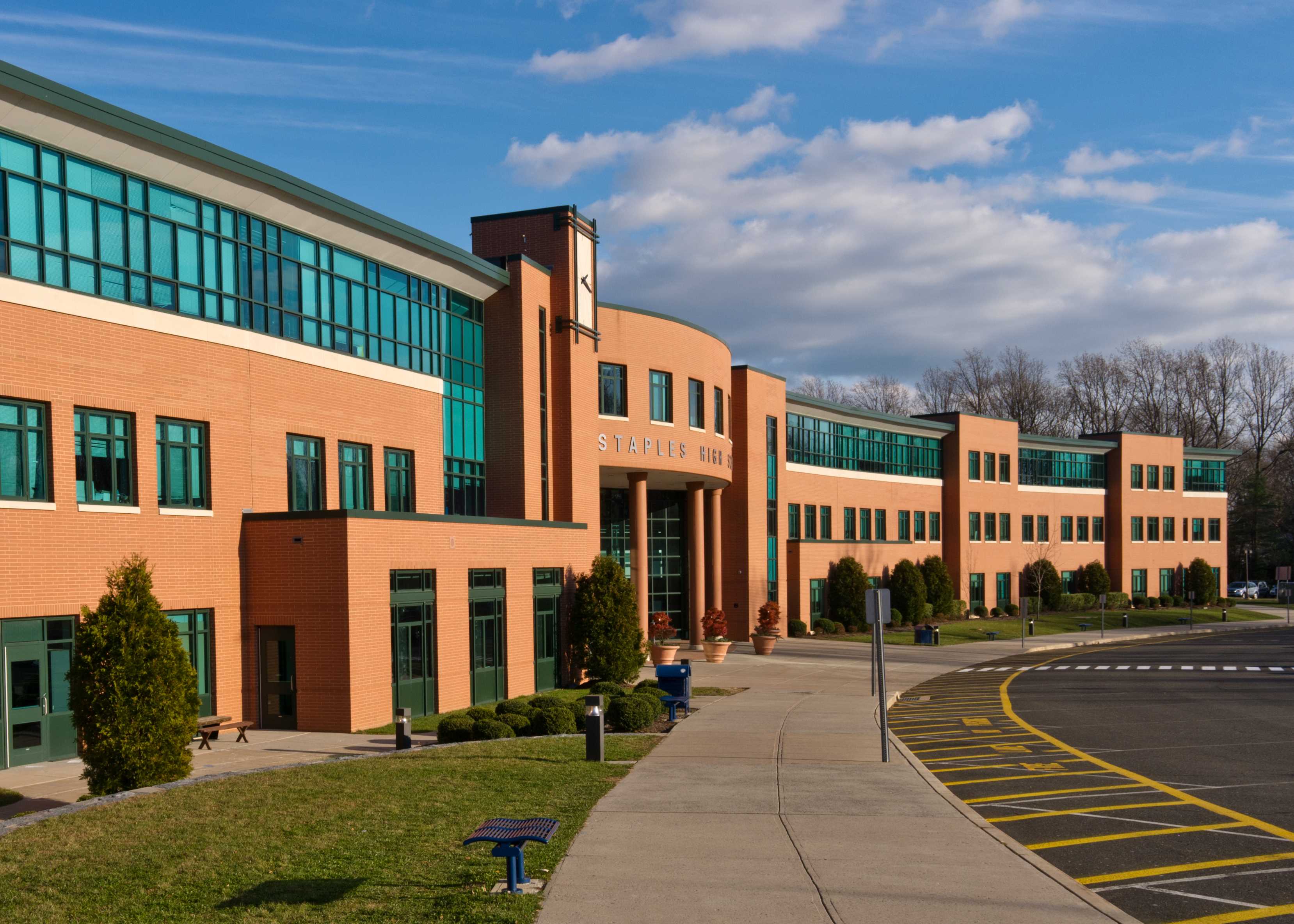Two Schools Of Thought

You’ve probably come across and indulged in books, articles and conversations about Pakistan’s education system usually criticising its current state and its failure to produce expertise from the region compared to the rest of the world, but have you ever seen anyone ever investigate the divide caused by the two major education boards in this country? Have you ever noticed how simple derogatory phrases exclaimed to each other by the learners of both systems convey so much nuance about socio economic division, cultural exposure and the lingering effect of colonialism while also being a method of insult? In this article, we’re about to take a deep dive into not only the socio economic and cultural divide reinforced by the two major education boards of Pakistan, but also the stereotypes that come with being part of this system.
First, let us clarify what we mean by “education boards.” Pakistan, in all its complexity, offers two predominant academic pathways. The first, and the one chosen by the majority, is the SSC/HSSC stream, more commonly known as the Matriculation and FSc. system. The second, catering largely to the upper-middle and elite classes, is the Cambridge Assessment International Education framework, which encompasses courses such as O Levels, IGCSEs, and A Levels. Each of these pathways accompany with themselves students of drastically varied backgrounds, cultures and mindsets, they represent much more than education. While the Cambridge systems have more western outlook and are privately owned, narrowing their accessibility to only members who have resources, the Matric/FSc system constitutes of the common man, unprivileged and overburdened,
Well, what is the tension you may ask? That is, the true groups have much to say about each other, by much we mean a lot. Post-colonial legacy is a topic that is frequently the focus of discussion when it comes to Cambridge systems. Students and adult supporters of the Matriculation system alike, adapt a nationalistic front to oppose the symbolic control of their late imperial masters, Britain. They claim it is an invisible way of imposing the English ways to overwrite Pakistani identity, going so far as to say that students part of O/A’ Level are a target of ‘grooming’ by the westernised part of the population. The other side is not one to endure, and refers to those affiliated with the Matric/FSc. System as people who are ‘uneducated, narrow minded, globally unaware, and fail to keep up with the rest of the world’. This confidence likely stems from the international recognition of the Cambridge Assessment International degree. This all goes without mentioning the largest elephant in the room, the economic divide.
The Cambridge system was introduced in Karachi in the early 1950s in a select few private schools reserved for the elite who could afford it. Over the years, it expanded as the country developed further, becoming accessible to the upper middle class and part of the middle class. On the other hand, while the SSC system doesn’t have an exact date of introduction, it has long been the default educational track in Pakistan. Affordable, locally governed, and accessible to students in both urban and rural areas, this system is often the only available option for most families. Government schools and low-cost private schools dominate this space. The curriculum, however, is often criticized for being outdated, heavily reliant on rote memorization, and failing to equip students with the critical thinking and practical skills required in modern academia or job markets.
The result is an unspoken hierarchy, one that puts Cambridge students at the top, not necessarily because of merit, but because of money, exposure, and access. In the popular imagination, Cambridge students sip coffee in air-conditioned classrooms while Matric students sit through load-shedding in overcrowded public schools. One of the most visible forms of this divide is the slang we use for each other. Terms like “burger,” are socially coded. Calling someone a “burger” mocks them for being overly Westernized, disconnected from local realities, and privileged. Labelling someone “paindu” is a way to call them backward, unsophisticated, or irrelevant. These words, often thrown around lightly, reinforce a deep class and cultural divide that runs straight through our youth.
But beyond the stereotypes lies a painful truth: the system is not built to create equal opportunity. A child’s future is often determined not by their potential but by the kind of school they can afford. It’s not a matter of intellect — it’s a matter of access. A brilliant student in the Matric system might never get the grooming, resources, or networking opportunities available to an average student in the Cambridge system.
So, can this gap be bridged?
While completely erasing the divide may not be possible without large-scale policy reforms, steps can be taken toward mutual understanding. Schools, teachers, and students need to create spaces for dialogue. Cross-board debates, shared co-curricular events, and inclusive media representation can slowly dismantle these rigid class-based academic identities. More importantly, parents and educators must shift the focus from which system a student belongs to, and instead ask what kind of learner they are becoming.
Until then, two systems will continue to produce not just different students — but different worlds.
Similar Post You May Like
-

CFCs, HFCs and their long, troubled history
At its peak, the ozone hole covered an area 7 times larger than the size of Europe, around 29.9 million km2, and was rapidly expanding
-

The Origin of Universe: Deciding point where it all began!
Let us unravel and surf through the ideas throughout ages to understand what the universe and its origin itself was to its inhabitants across history.
-

The Artemis Program
Inspired by the Greek goddess of the Moon, twin sister to Apollo, the artimis program was named on 14 May 2019 by Jim Bridenstine.






